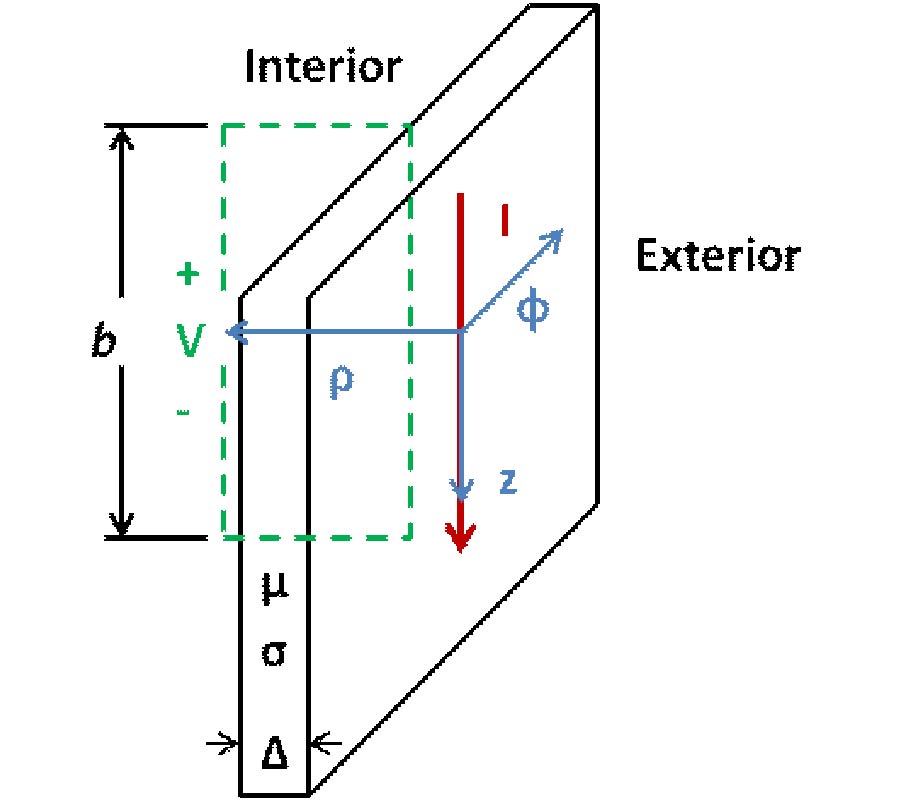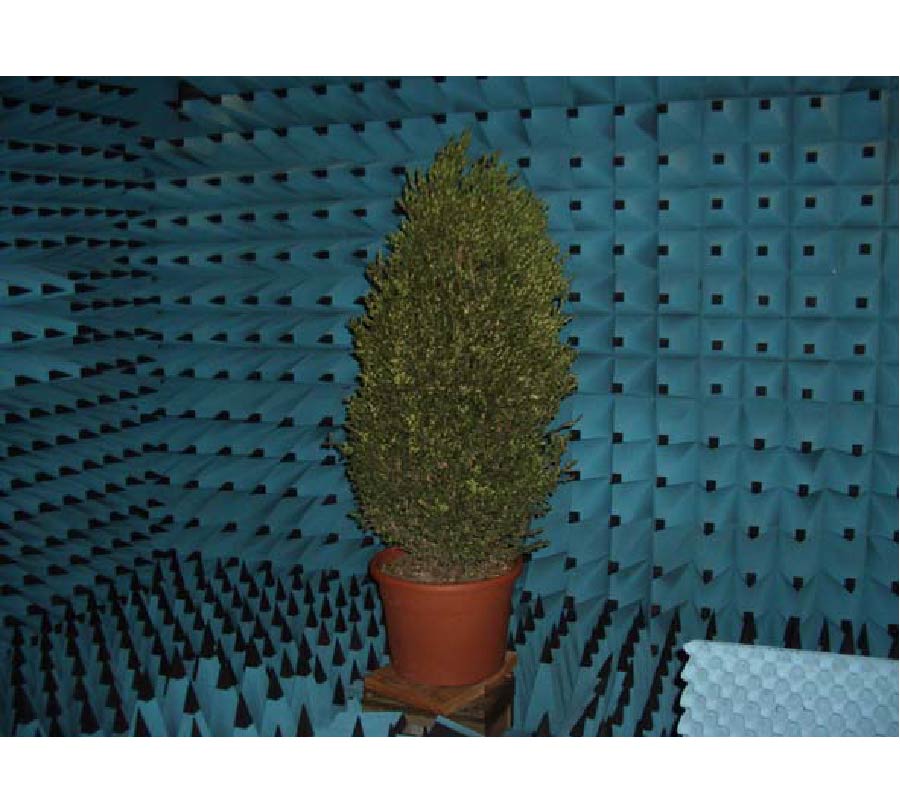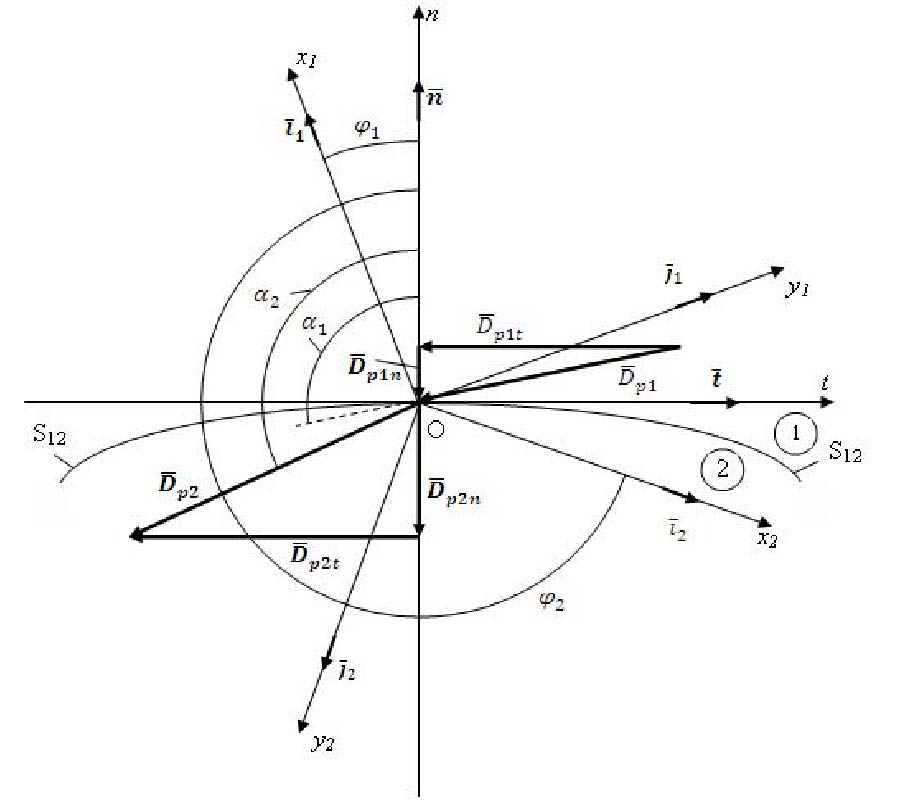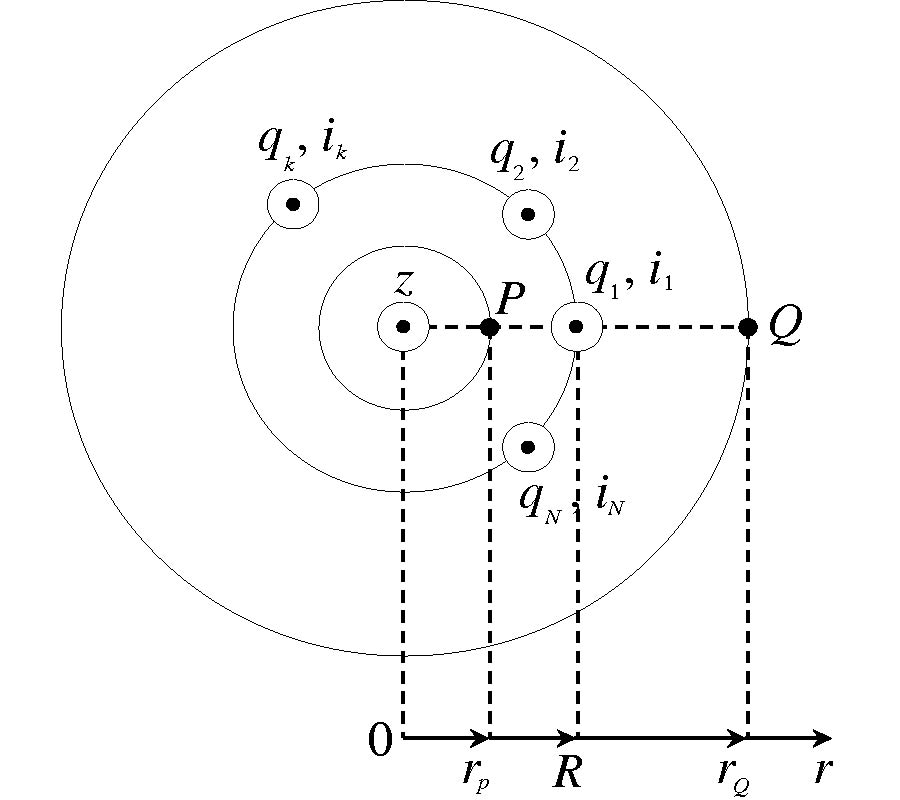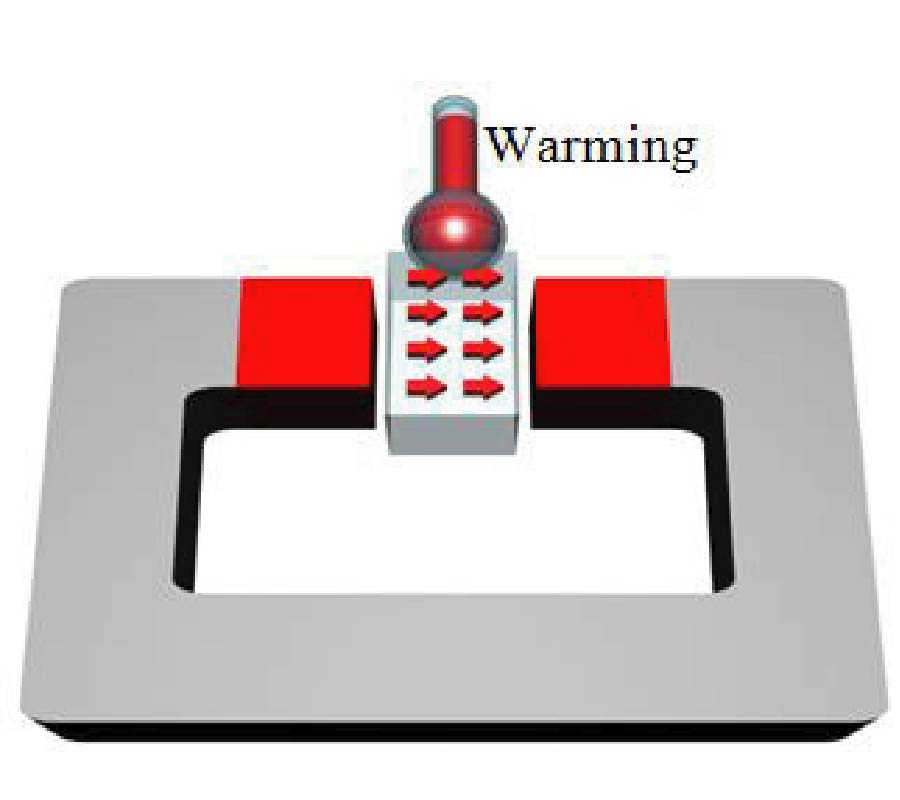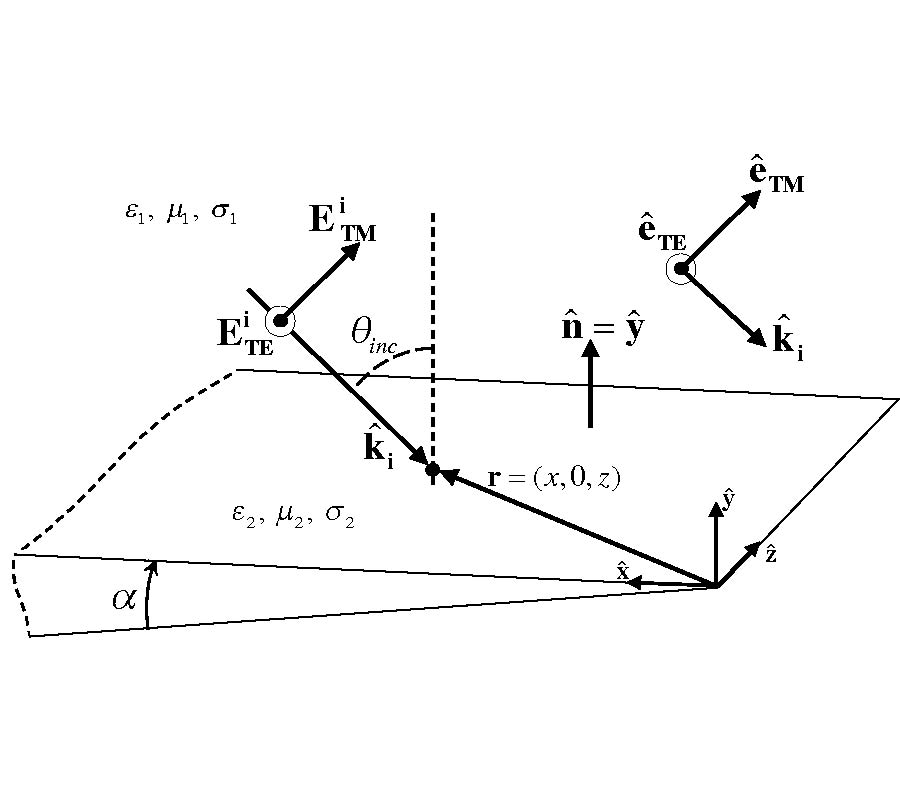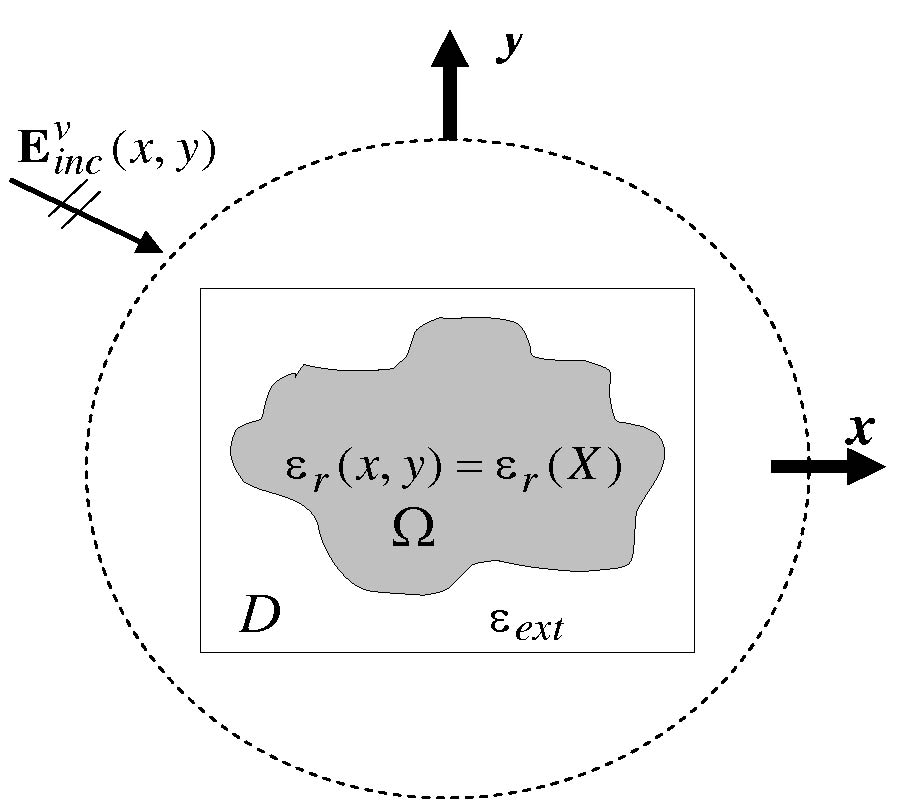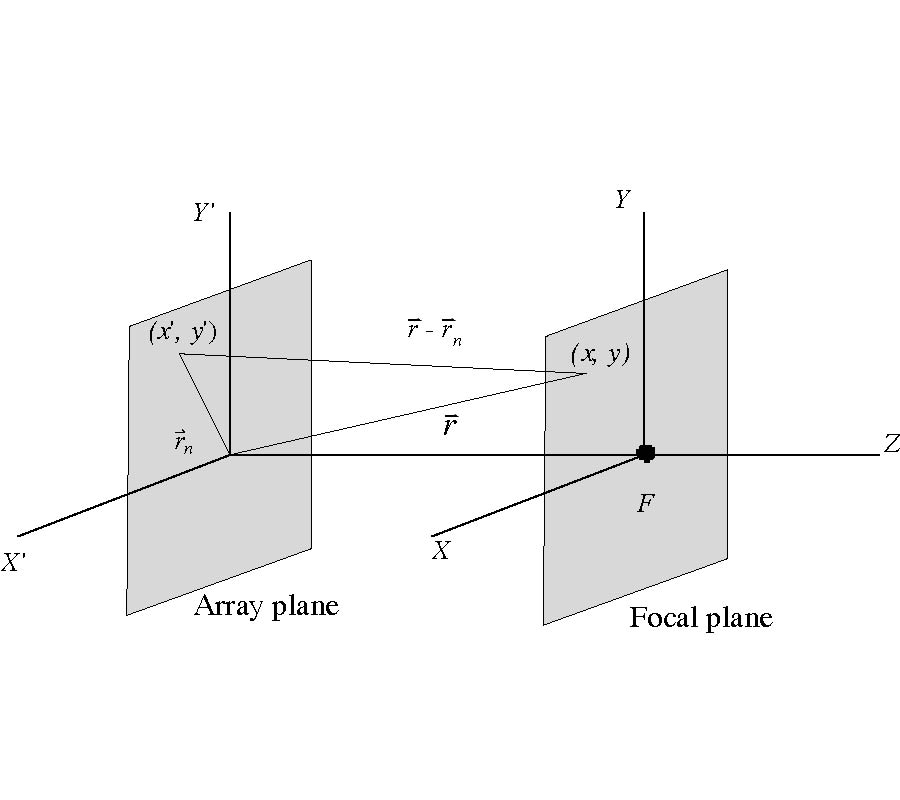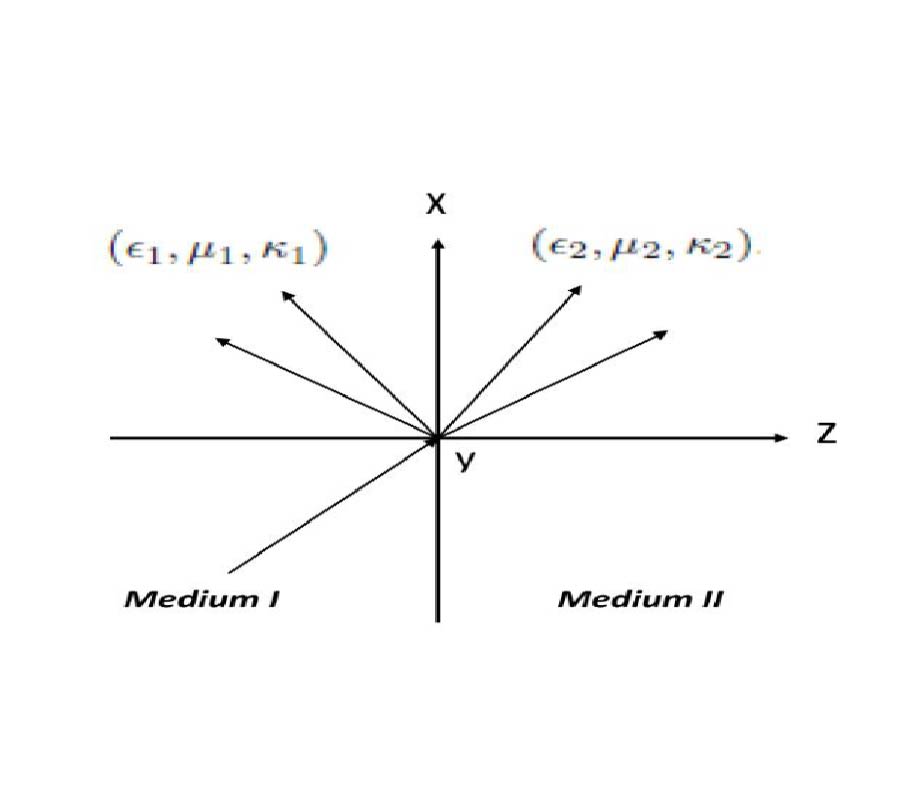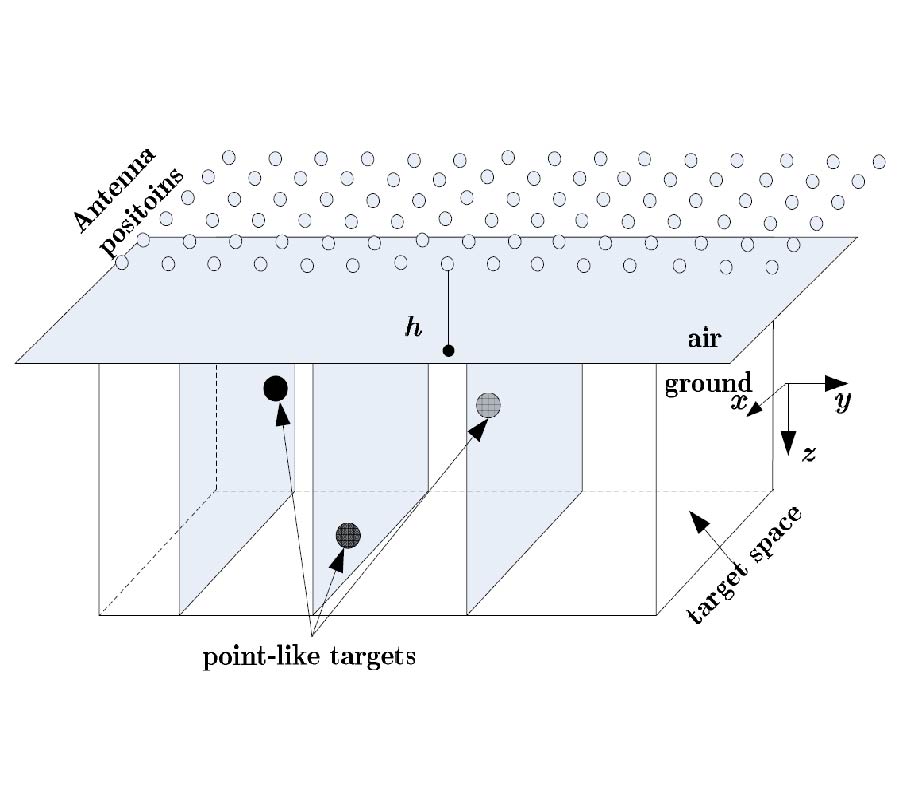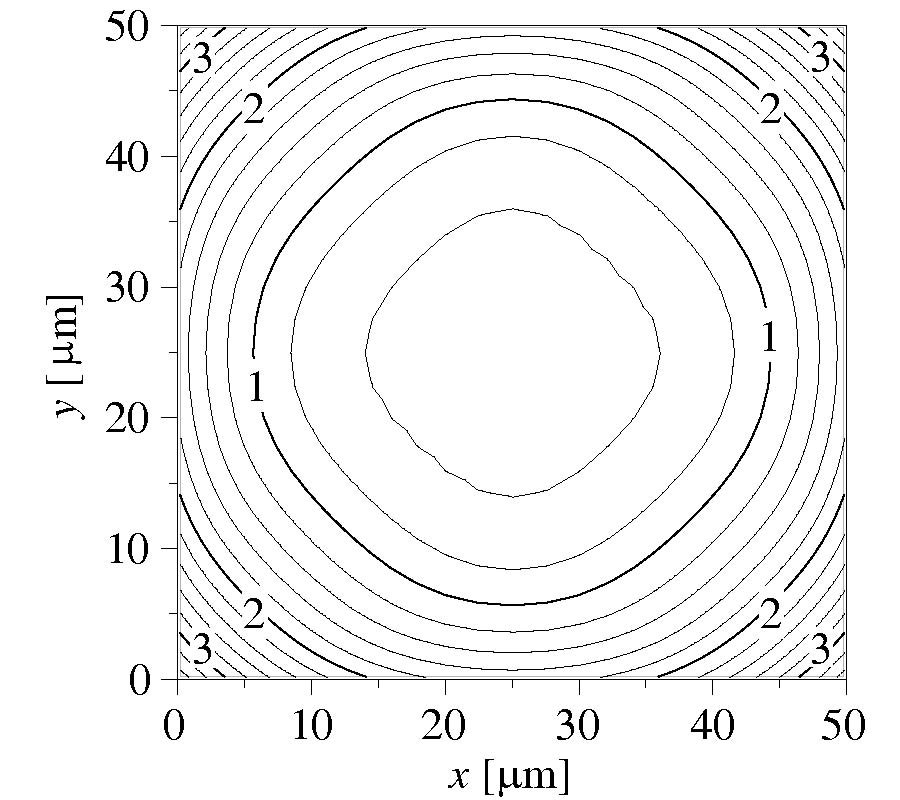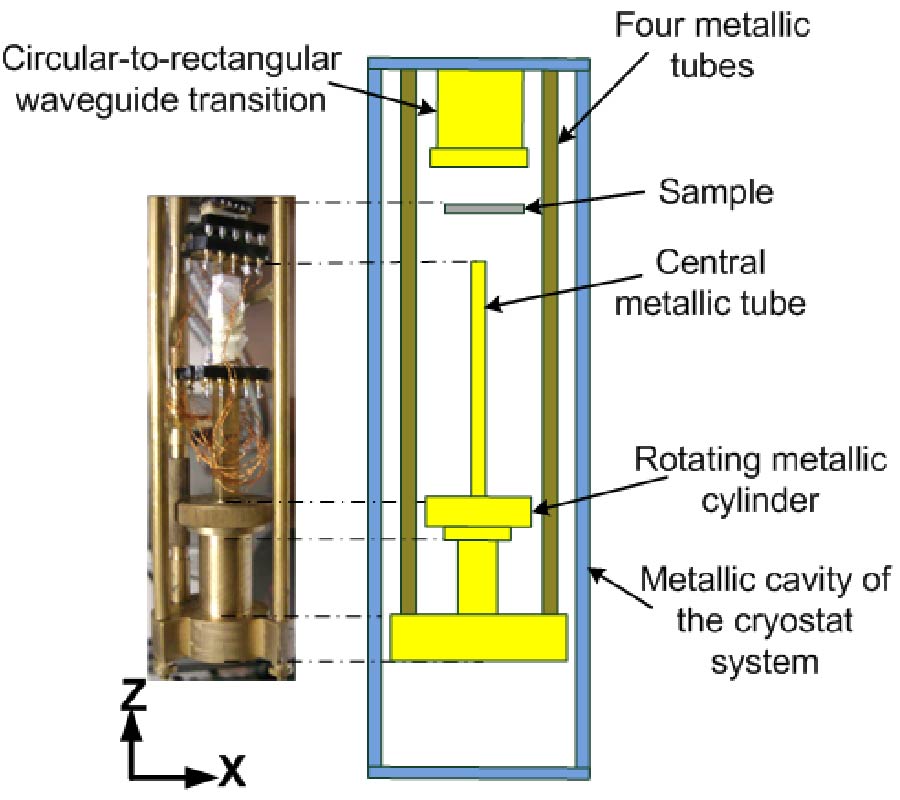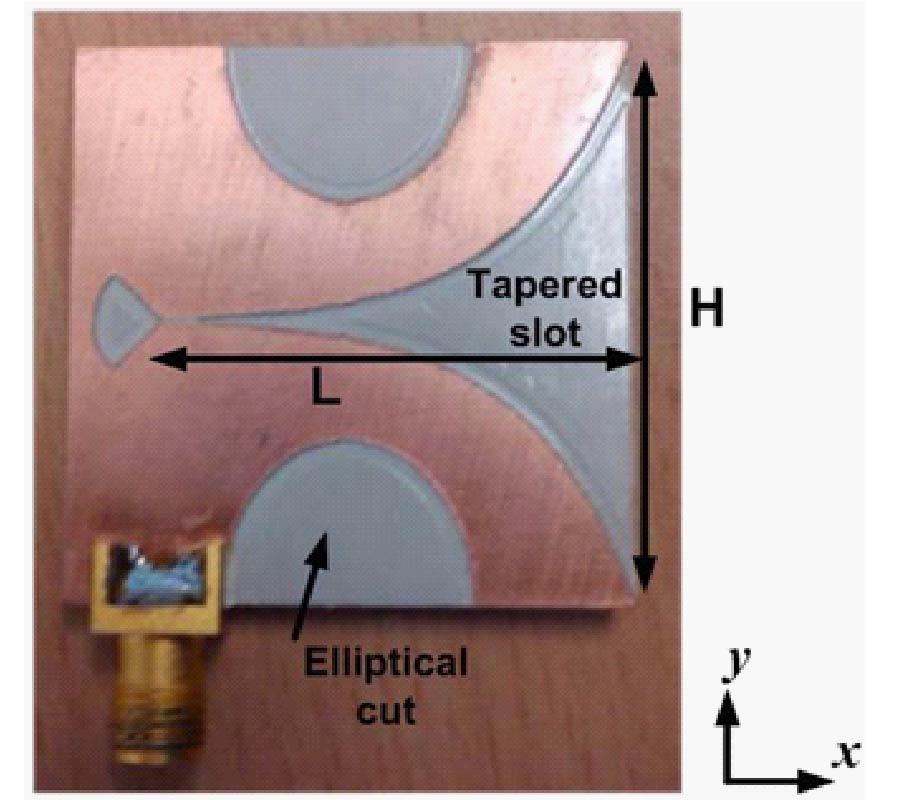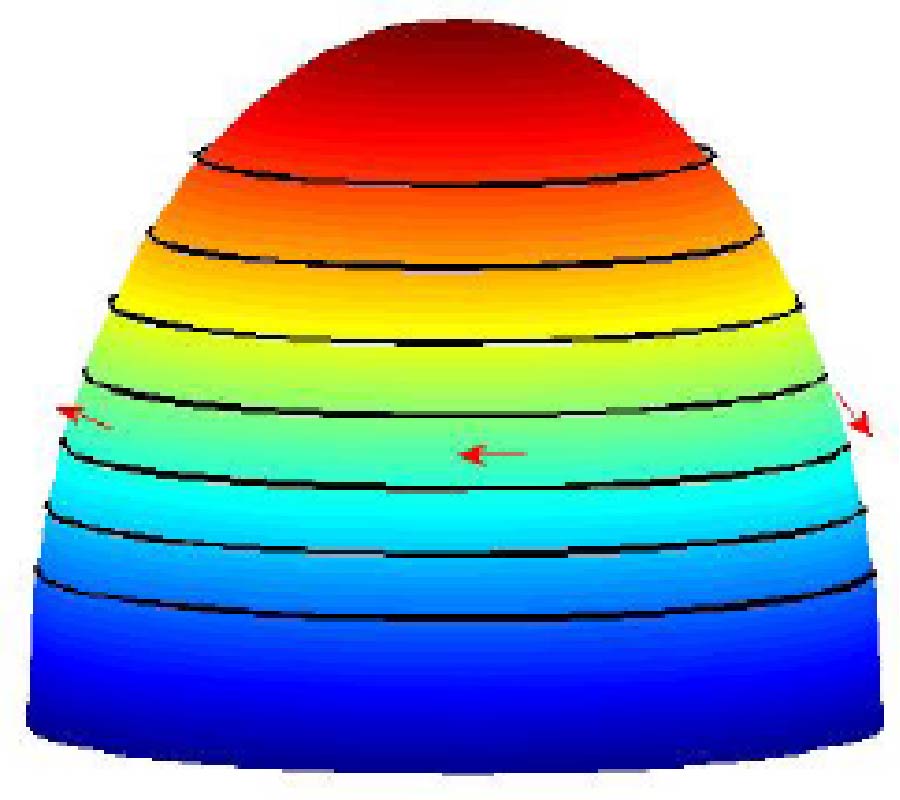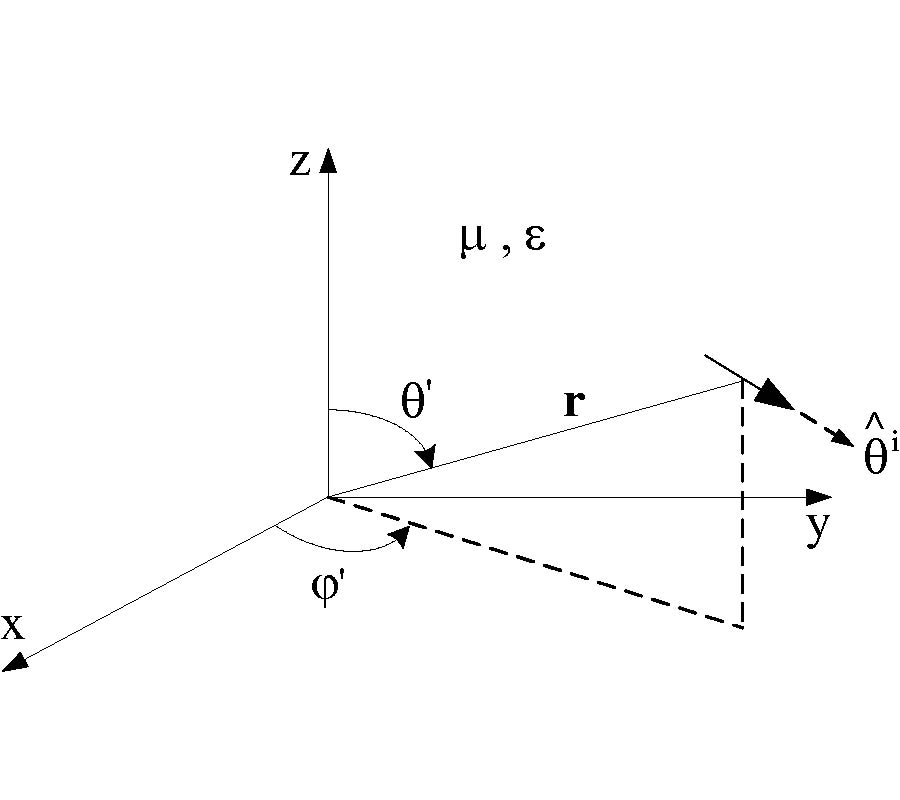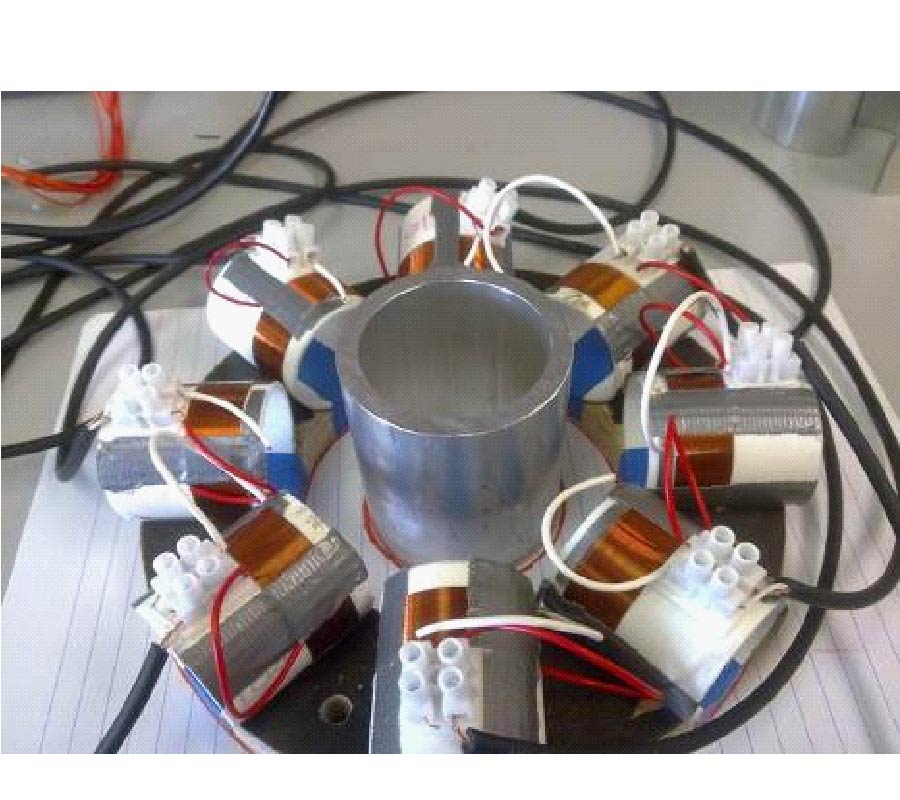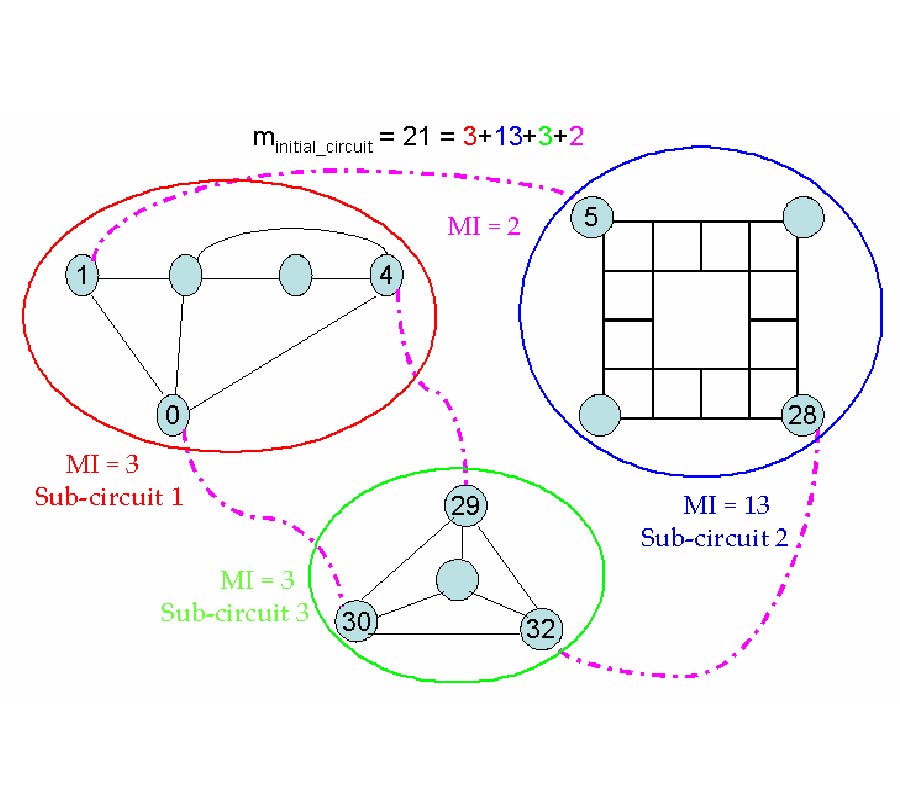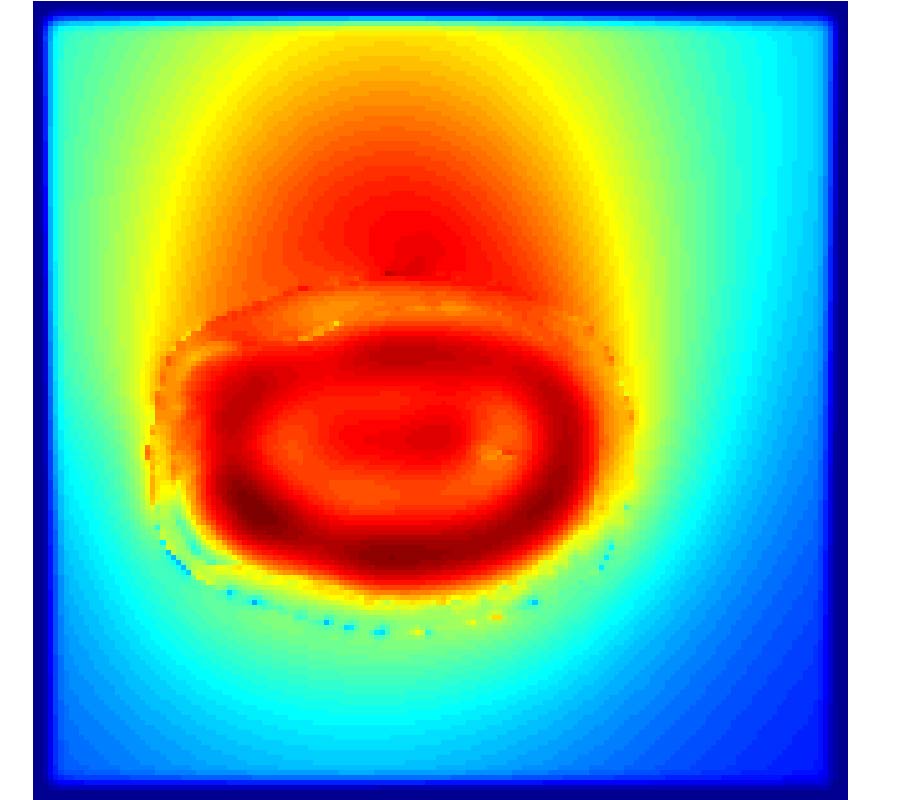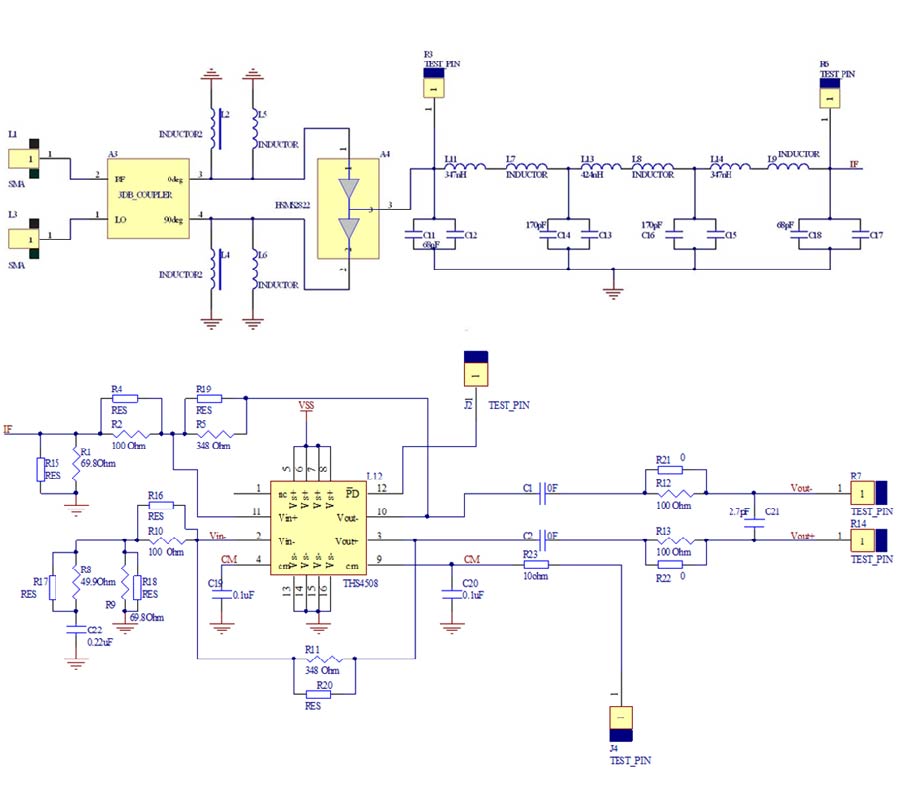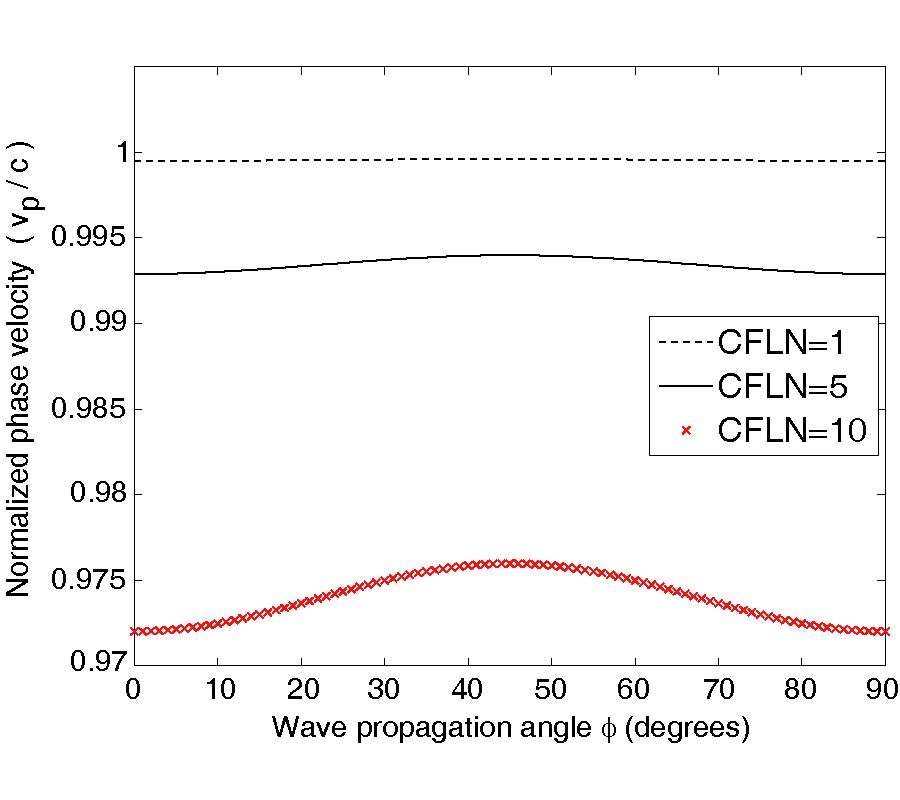GPU-Based ω-k Tomographic Processing by 1D Non-Uniform FFTs
Amedeo Capozzoli,
Claudio Curcio and
Angelo Liseno
We present an ω-k approach based on the use of a 1D Non-Uniform FFT (NUFFT) routine, of NER (Non-Equispaced Results) type, programmed on a GPU in CUDA language, amenable to real-time applications. A Matlab main program links, via mex files, a compiled parallel (CUDA) routine implementing the NUFFT. The approach is shown to be an extension of an already developed parallel algorithm based on standard backprojection processing to account also for near-field data. The implementation of the GPU-based, parallel NUFFT routine is detailed and the computational advantages of the developed approach are highlighted against other confronted sequential or parallel (on multi-core CPU) procedures. Furthermore, the benefits of the $\omega$-k, NUFFT-based processing are pointed out by both comparing its accuracy and computational convenience against other interpolators, and by providing numerical results. By comparing the computational performance of the algorithm against a multi-core, Matlab implementation, the speedup has been about 20 for a medium size image. The performance of the approach has been pointed out in the applicative case of vegetation imaging against experimental data of a boxtree (Buxus tree), also under a source of temporal decorrelation (wind).
